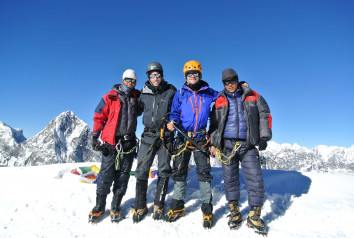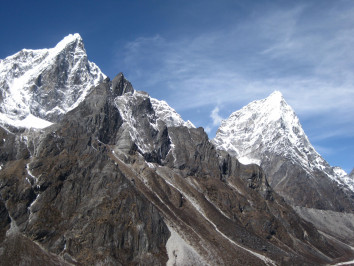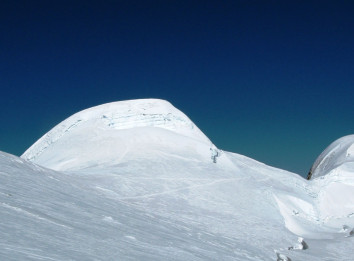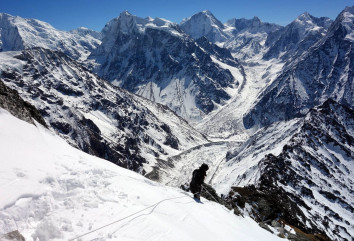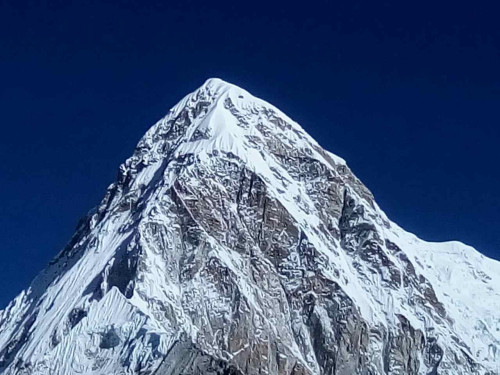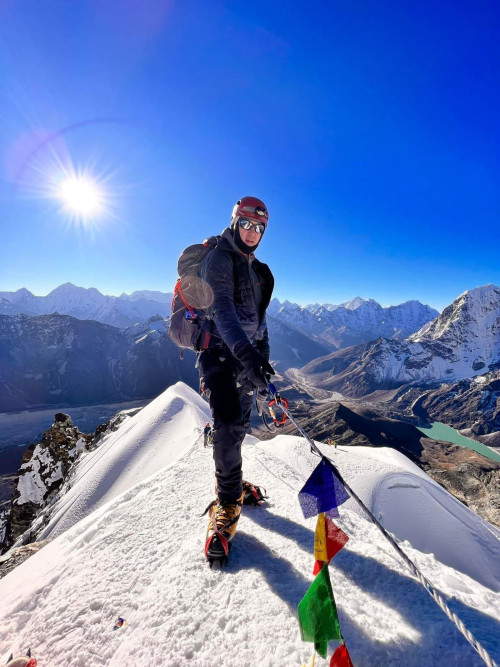Trip Highlights of Mera Peak Climbing
-
Prominent 6000 metres peak in Nepal, which is best for starting peak climbing for beginner mountaineers.
- Jaw-dropping view of several world's tallest mountains like Everest, Cho Oyu, Lhotse, and several others.
- hiking and trekking the legendary foot trails of the Everest region and Mera Peak.
- Overnight sleep at high camp and Mera Peak base camp before heading for the summit push.
- Adequate acclimatisation and trekking to make you ready for the summit push.
- Complete assistance by our government-licensed Sherpa guides and Climbing guides.
- Admiring hospitality, culture, and lifestyle of people of the Khumbu region.
Mera Peak Climbing and Expedition - Overview
Among all the trekking peaks in Nepal, the Mera Peak of 6,476 metres in the Everest region is the highest. From the early days of its climbing, this peak has been best for beginner mountaineers as a perfect peak for over 6000 to get the climbing experience.
Nepal Mountaineering Association -NMA, has listed Mera Peak as the highest of all trekking peaks. Also, while in comparison, summiting this peak is relatively less arduous and less technical than the other 6000 metres peak. Thus, for first-time climbers, who wish to begin mountaineering as a career, Mera Peak is the best to start the journey.
Unlike other climbing peaks in the Everest region, Mera Peak has a long history back to the time of Sir Edmund Hilary and Tenzing Norgay, the first successful Everest summiteers. These legends climbed Mera Peak before and after summiting Everest. Since then, people summiting Everest pick this peak as a preparation climb for Everest summit. The charm of this peak has always been top and is growing each day.
Situated on the highest end of the Mahalangur Range, Mera Peak comprises three primary peaks. These are Mera North at 6,475 metres, Mera Central at 6,476 metres, and Mera South at 6,065 metres. The whole landscape of Mera Peak lies to the far north of Khumbu Valley.
So what makes this peak one of the best choices among aspiring climbers across the world? First, the occasional technical experiences needed to summit this peak allows every physically and mentally prepared climber to summit it. Second, the majestic landscape of the Everest region is best visible from its top. The panoramic view of Everest, Lhotse, Cho Oyu, Kanchenjunga, and Makalu inspires every climber on the top.
With the dream of summiting Everest one day, the aspiring climbers tighten their crampon laces to summit Mera Peak every year. The technical section and the climbing of this peak make it a perfect hub for amateur climbers. Here, they'll learn the ideas to put crampons, techniques to use ice axes, and crucial mountaineering gears. People consider climbing as just reaching the top and descending back safely. What matters the most is the learning experience you gather from each peak ascent and descent. Once you get all the ideas, you'll be the master at climbing peaks and summiting mountains later. Mera Peak climbing and expedition give you a strong foundation for mountaineering.
Let World Expedition Nepal be your expedition partner for Mera Peak expedition 2022 in Autumn. We'll make sure that you'll be 100% safe and summit Mera Peak successfully. Our expert Sherpa guides and Climbing guides will assist you throughout this expedition. We guarantee that you'll never miss a single prominent attribute of Khumbu.
But, there are certain things you should know before opting to book a Mera Peak climbing expedition.
The following detailed information gives you a brief idea of the Accommodation, Itinerary, best time in the year, climbing route for Mera Peak, and many more. Go through this precisely prepared article and feel free to reach us.
Mera Peak Expedition and Climbing Routes
World Expedition Nepal runs Mera Peak climbing and expedition for 19 days. For refreshments, if you wish for a Kathmandu sightseeing tour, we'll arrange it for you.
To begin Mea Peak climbing and expedition, we'll take a Kathmandu Lukla flight for 40 minutes. Our guides will provide you with constant care and guidance from the first day. From Lukla, we'll hike to Chhuthang overnight.
From Chhuthang, along Zatrawala Pass, we'll hike to Thuki Kharka at 4,300 metres. The following day's hike ascends to Kothe, Tangnak at 4,360 metres. Waking up the next day at Khare at 5,100 metres would be a joy to watch the glittering sun over the mountains. Also, the first glances of Mera Peak appear from Khare. Before setting out for Mera Peak base camp, we'll stay another day at Khare for acclimatisation.
After proper preparations and rest, we'll ascend to Mera High at 5,700 metres and then push for Mera Peak summit at 6,476 metres.
The summit day would be tiring for you. We'll make a gradual descent to Khare overnight. Then we'll head back to Lukla along the trail to Lukla from Mera Peak the next day. You'll have the best night at Lukla before flying to Kathmandu. The scenic flight back to Kathmandu from Lukla would be the final to catch glimpses of the Khumbu mountains.
Mera Peak Climbing and Expedition - Difficulty
The Mera Peak expedition route is almost 125 km in length. Above 4,000 metres of this trail, it becomes more rugged, snowy, and steep. On top, you'll be climbing the peak. Thus, it won't be comfortable for you to hike, climb, summit, and complete this expedition.
You may find two different Mera Peak Climbing routes if you google the itinerary. The itinerary we give you is on the latest route. Compared to the old trail, the new Mera Peak trail is somewhat less strenuous than the previous one.
Altitude Sickness in Mera Peak climbing and expedition
There's a possibility that you'll develop the symptoms of altitude sickness in the Mera Peak expedition. Altitude sickness is due to a lack of oxygen above 3,500 metres. The symptoms include headaches, shortness of breath, nausea, vomiting, fatigue, etc.
Mera Peak above 6,400 metres is a likely place for developing altitude sickness. But the gradual hike and acclimatisation prepare you to adapt to the high altitude environment.
Our Sherpa guides and Climbing guides do have medical knowledge. They will provide you with medicines to prevent the AMS. If the situation worsens, you'll get helicopter evacuation also.
Best time for Mera Peak Climbing and Expedition
Mera Peak climbing and expedition occurs during Spring and Autumn. The crystal clear sky, snow-filled landscape, and rain-free days make these two seasons the best time for this expedition. While climbing the peak, there has to be no snowfall, and the temperature has to be stable. Thus, all these conditions are best in March-May and September-November.
Summer and winter are harsh due to frequent rainfall and snowfall. Thus, these two seasons are not suitable for the Mera Peak climb.
Physical fitness and high altitude trekking experience
Even if you don't need technical knowledge for Mera Peak climbing, you must have some physical fitness. It is the minimum need for you to complete this expedition without any issues.
Prepare yourself with fitness and hiking training if you don't have any. Gym, hiking, and mini-marathons are the best exercises to prepare yourself for this expedition. If you have any high-altitude trekking experience, it would be great.
For better preparations, follow these exercise routines for two to three months before heading to Nepal for climbing.

 Recommended On
Recommended On
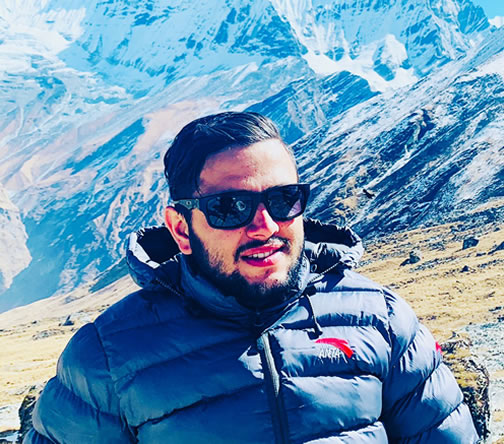
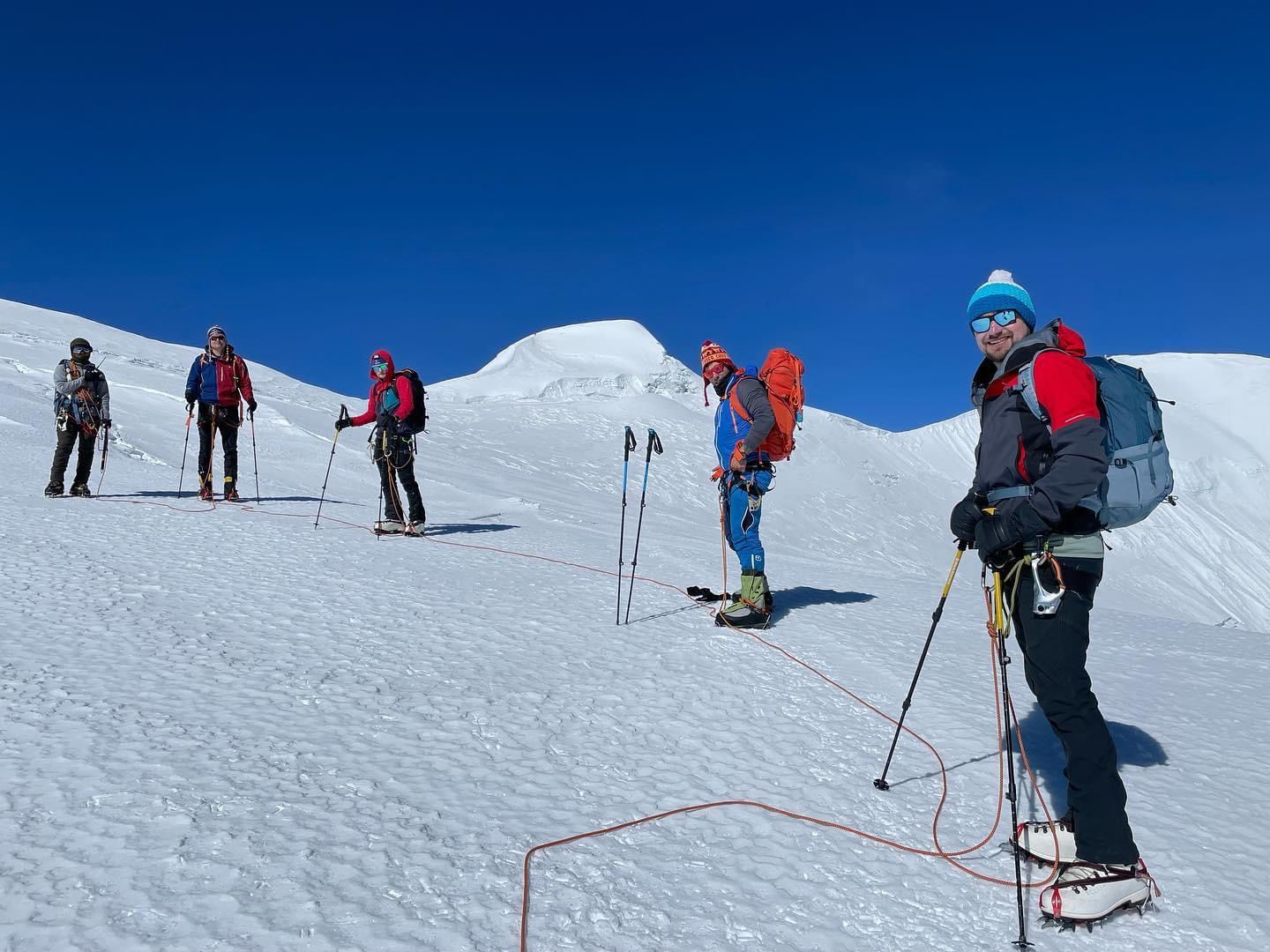

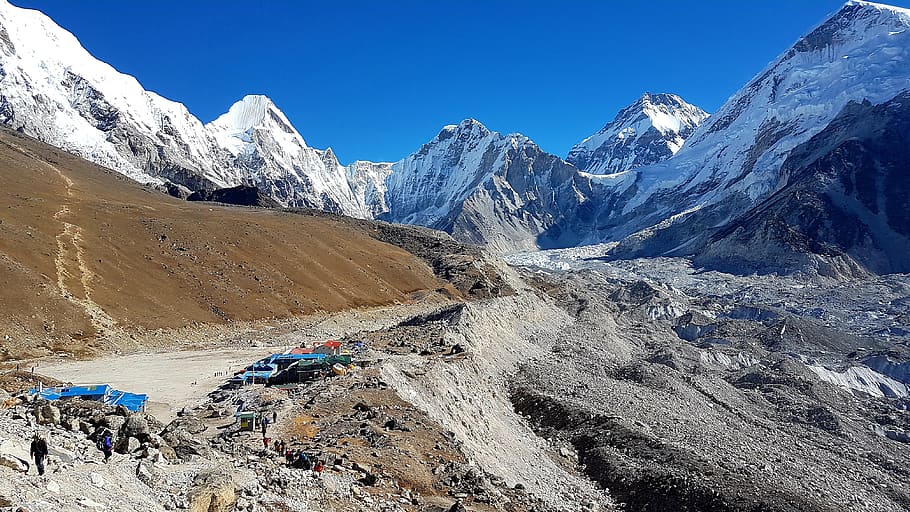
 Photos
Photos

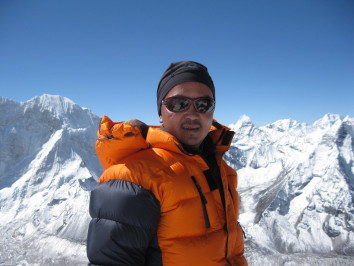
 6000m Peak Climbing , Nepal
6000m Peak Climbing , Nepal  29 Days
29 Days  US$3400
US$3400



-1.JPG)
